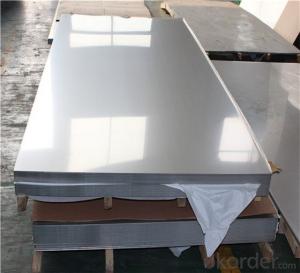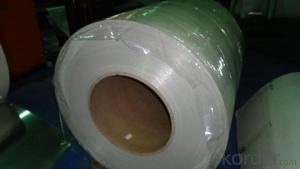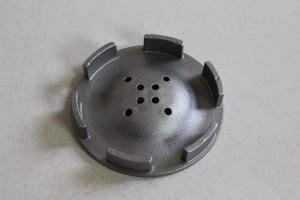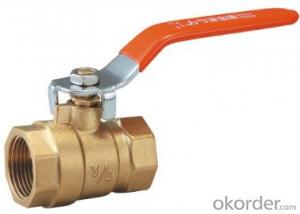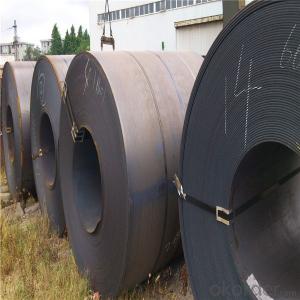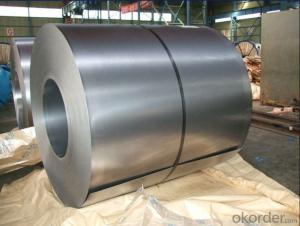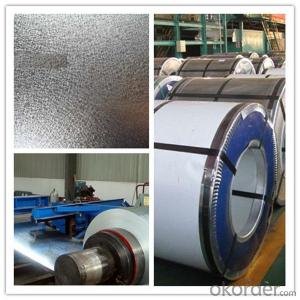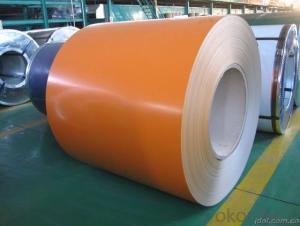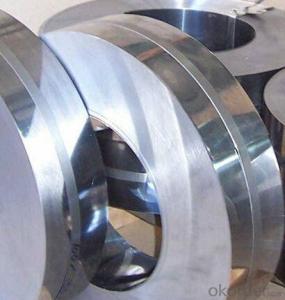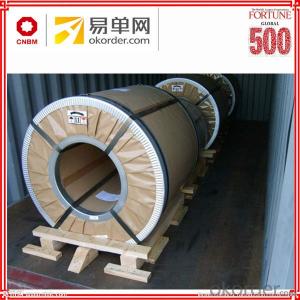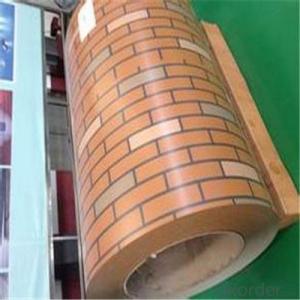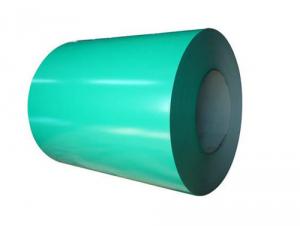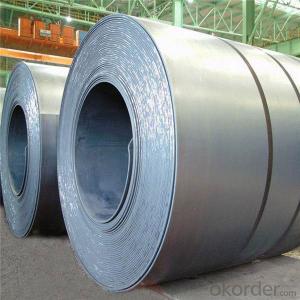Stainless Steel Lg Refrigerator
Stainless Steel Lg Refrigerator Related Searches
Best Paint For Stainless Steel Blanket Insulation For Steel Buildings Primer For Galvanized Steel Foam Filter For Stainless Steel H S Code For Stainless Steel Surface Grinding Wheels For Stainless Steel Surface Grinding Wheels For Hardened Steel Hole Saw For Stainless Steel Paint For Stainless Steel Stainless Steel For BbqHot Searches
Steel Mesh Panels For Sale Price For Stainless Steel Scrap Scrap Price For Stainless Steel Price For Stainless Steel Stainless Steel Tank For Sale Stainless Steel Sheets For Sale Cheap High Tea Sets For Sale Stainless Steel Tanks For Sale Stainless Steel For Sale High Density Fiberboard For Sale Solar Hot Water Collectors For Sale Scaffolding For Sale In Uae Scaffolding For Sale In Ireland Scaffolding For Sale In Houston Type Of Inverter For Solar Price Of Shipping Containers For Sale Types Of Inverter For Solar Stock Price For Aluminum Used Solar Inverter For Sale Steel Mesh Panels For SaleStainless Steel Lg Refrigerator Supplier & Manufacturer from China
Okorder.com is a professional Stainless Steel Lg Refrigerator supplier & manufacturer, offers integrated one-stop services including real-time quoting and online cargo tracking. We are funded by CNBM Group, a Fortune 500 enterprise and the largest Stainless Steel Lg Refrigerator firm in China.Hot Products
FAQ
- Common coil transportation options include using flatbed trucks, rail transportation, and cargo ships. Flatbed trucks are commonly used for shorter distances and provide easy loading and unloading of coils. Rail transportation is often used for longer distances, offering cost-effective and efficient transportation. Cargo ships are utilized for international shipments, allowing for large quantities of coils to be transported across long distances.
- There exist various steel coil edge conditions, each tailored to specific needs and uses. The most prevalent categories are as follows: 1. Mill Edge: The default edge condition for hot-rolled steel coils, wherein the edges remain untouched after the rolling process. This condition is characterized by a slightly rough and uneven surface. 2. Slit Edge: Achieved by cutting the coil across its width to obtain narrower strips. This condition is typically smoother and more uniform than mill edge, making it ideal for applications requiring a clean and precise edge. 3. Trimmed Edge: Achieved by eliminating irregularities and imperfections from the coil's edges. This process yields a straight and smooth edge, suitable for applications necessitating a precise and uniform surface. 4. Deburred Edge: Created by removing burrs or sharp edges from the coil. Commonly used in safety-oriented applications to eliminate potential hazards associated with sharp edges. 5. Round Edge: Attained by rounding the corners of the coil. Often employed in applications requiring easy handling or when preventing damage to other materials or surfaces is crucial. 6. Slit and Deburred Edge: Combines the advantages of both slit and deburred edge conditions. Involves cutting the coil into narrower strips and subsequently removing any burrs or sharp edges, resulting in a clean and safe edge. Each of these edge conditions serves a distinct purpose and is selected based on the specific requirements of the application. By comprehending the various types of steel coil edge conditions, one can choose the most appropriate option to ensure optimal performance and safety.
- So finally got around to watching man of steelnow i heard a few times that batman was in iti didn't se him.in the film is it something subtle I've just missed or is he not in it?when i googled it got loads of results for them being together in the new film but nothing about man of steel 2013
- No Batman will be in the next superman film think it's scheduled for next year
- the comparison needed between other steel
- It's cheaper than alloyed steels.
- Iron too heavy for Ulysses but if there was any iron used id imagine it was steel. Can steel go deeper into sun than iron? Compare two bolts.. 1steel 1iron..is there a difference to what the steel can do?
- Steel is usually stronger than iron. But steel is, by definition, an alloy of iron and one or more other materials. There are thousands of different steel alloys. Be more specific.
- Steel coils are processed for edge trimming or conditioning through a series of steps. First, the coils are unwound and fed into a machine that trims the edges to remove any irregularities or imperfections. This process ensures that the edges are smooth and straight. After trimming, the coils may undergo further conditioning, which involves heat treatment or surface coating to enhance their properties and durability. Overall, these processes are essential for producing high-quality steel coils that meet the desired specifications and standards.
- Successfully operating coil slitting for thin gauge materials involves addressing a specific set of challenges. One major challenge is ensuring the proper handling and stability of the thin gauge material. The material's susceptibility to deformation, wrinkling, or tearing increases as it becomes thinner. To tackle this, careful attention must be given to the handling equipment and techniques used during the slitting process. This is necessary to maintain the appropriate tension and support throughout the operation. Another challenge is maintaining consistent and precise slitting widths. Thin gauge materials are often used in applications where accuracy is crucial, such as electronic components or automotive parts. Any variation in the slitting width can cause functional defects or assembly problems. Achieving precise slitting widths in thin gauge materials requires the use of high-quality slitting knives, well-maintained slitting machinery, and accurate tension control systems. In addition, thin gauge materials are more prone to surface defects, such as scratches or burrs, during the slitting process. These defects can impact the material's appearance, performance, or even its safety. To minimize the occurrence of surface defects, it is important to carefully select slitting knives and regularly maintain the slitting machinery. Furthermore, thin gauge materials often possess a higher yield strength, making them more resistant to deformation. This poses a challenge when it comes to achieving clean and straight edges during the slitting process. Special considerations must be taken to ensure that the slitting knives are sharp and properly aligned, allowing for clean cuts without introducing any edge defects. Lastly, thin gauge materials are generally more sensitive to external factors such as temperature, humidity, or static electricity. These factors can affect the material's dimensional stability, resulting in variations in slitting width or other quality issues. Therefore, it is crucial to establish appropriate environmental conditions and implement effective anti-static measures to minimize the impact of these factors. To summarize, the challenges associated with coil slitting for thin gauge materials revolve around handling and stability, maintaining precise slitting widths, minimizing surface defects, achieving clean and straight edges, and mitigating the influence of external factors. Overcoming these challenges requires a combination of suitable equipment, techniques, and operational controls to ensure high-quality slitting outcomes.


















